A Handbook for Choosing Your Initial Tarot Deck
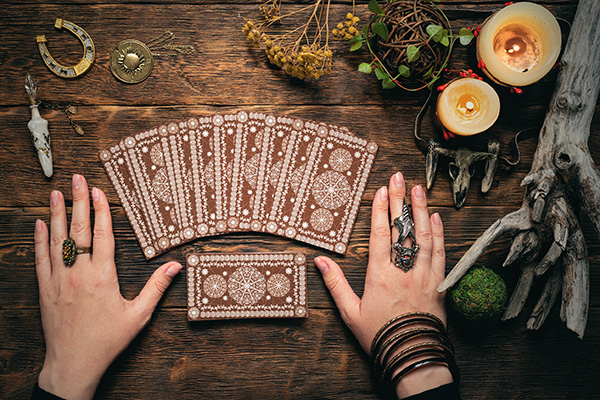 Acquiring your initial tarot card deck can seem intimidating, particularly for newcomers. Nevertheless, if approached correctly, it can become an enchanting and rewarding journey.
Acquiring your initial tarot card deck can seem intimidating, particularly for newcomers. Nevertheless, if approached correctly, it can become an enchanting and rewarding journey.
I recall the moment I chose to purchase my first deck years back. I was inundated with suggestions from well-meaning friends and experienced readers, all enthusiastic about guiding me toward their personal selections.
True to my defiant spirit, I dismissed all of it. Instead, I heeded my intuition.
I made my way to a quaint metaphysical shop in the city and meandered to the back, where several rotating racks showcased the tarot decks.
One specific deck instantly enchanted me. It had an angelic motif, and although the artwork and Roman numerals weren’t particularly beginner-friendly, I felt drawn to it. I just knew it was meant for me.
Even though I was inexperienced with Tarot, I had absorbed as much knowledge as possible before choosing my first deck. I consumed every book I could find and devoted hours to exploring spiritual forums and metaphysical blogs.
The insights I gleaned from seasoned readers, although at times contradictory, provided me a solid grounding in ritual practices and deck maintenance.
I was particularly attracted to the concept of honoring the cards as sacred tools rather than mere objects. By the time I got my new deck home, I had already developed a sense of how to respect it and align with its energy.
I retreated to my herbal room and spread out the cards on a black silk cloth. I blessed the deck with consecration oils made from rosemary, basil, star anise, frankincense, myrrh, and patchouli. Holding a pendulum over the deck, I set my intentions and asked the spirit for blessings and activation.
When you learn to trust your intuition, miracles begin to occur. Intuitive thoughts are gifts from the higher self ~ Susan Jeffers
I fanned the cards across my table and moved my palm over them to infuse my energy into the deck. I requested that it find its way to the right hands when the time came for it to move on. I let the deck rest overnight, surrounded by crystals, gemstones, and my magical wand, to charge it with positive energy.
In the weeks that followed, I consistently drew the Queen of Pentacles. At that moment, I didn’t grasp why. I wasn’t an earth sign, nor was I expecting a child or managing a business. Yet, years later, the meaning became clear. I was being shown my untapped potential. The card represented that I would ultimately create a successful Tarot practice and assist others in doing the same.
Tarot cards transcend mere paper; they are gateways. Once you discover a deck that resonates with you, it transforms into a sacred companion and source of wisdom. It reflects your inner self.
Another vital step involves selecting a pouch or case for your deck. I prefer those with a Velcro® closure to keep the cards secure while traveling. I also like to include crystals such as citrine, amethyst, blue kyanite, and black tourmaline nestled with the cards. Choose stones that feel protective or enhancing to your personal energy.
When you feel ready to practice, begin with someone close to you who has an open mind. My first genuine reading occurred in a Tarot class where I was paired with a woman who offered no information. Despite my anxiety, I trusted the spirit. The reading resonated powerfully with her, leaving her visibly amazed, even though she was more knowledgeable about Tarot than I was at that time.
Whether your interest in the cards stems from curiosity or a profound spiritual calling, trust that if a deck speaks to you, it’s likely calling you too. Your Tarot deck may turn out to be one of your most treasured guides, fostering growth, healing, and the unfolding of the Great Mysteries.
The authentic Tarot is pure symbolism; it communicates in no other way and offers no alternative signs ~ A. E. Waite
Tips For Selecting The Ideal Deck
Conduct some research. Before investing in a deck, take the time to read reviews from other users and peruse sample card images online. This will give you insight into how the deck performs in practice, the type of guidance the accompanying booklet offers, and whether the style meets your preferences. Examining the imagery also lets you assess your intuitive response before making a commitment. It’s prudent to consider who authored the deck. Some decks prioritize aesthetic appeal and may lack the symbolic richness or traditional framework that supports effective learning. Whenever possible, opt for decks crafted by experienced Tarot readers or instructors, as they are more likely to provide thoughtful and accessible interpretations for novices.
Listen to your instincts. Allow your inner sense to lead you in the selection process. If you find yourself inexplicably attracted to a deck, regardless of others’ opinions, trust that connection. Intuition is frequently your most reliable guide when choosing a spiritual instrument.
Start simply (or not). If you are new to Tarot, a deck featuring clear illustrations and a helpful guidebook can lay a solid groundwork. However, if you feel a strong affinity for a more intricate or abstract deck, don’t shy away. Sometimes your spirit is ready for a challenge even when your mind hasn’t fully caught up.
Reflect on the design. Select a deck with artwork that resonates with your heart and spirit. You should feel emotionally or spiritually inspired by the visuals, as these images will serve as the intuitive language through which Tarot communicates with you. A strong visual bond will ease the connection with the deck over time. Simultaneously, avoid overly abstract or intricate designs. Look for imagery that clearly conveys the card’s meaning, enabling you to interpret it without consistently relying on a guidebook. For novices, it’s often preferable to avoid “pip-style” or minimalist decks, which feature only repeating symbols like cups or swords arranged in patterns rather than complete scenes or characters. These decks typically depend on numerology and suit symbolism without delivering the visual narratives that help new readers understand meanings and build confidence more readily.
Evaluate the energy. Some decks possess a light and uplifting feel, while others may embody a darker, more introspective essence. Pay attention to how a deck feels in your hands or even in images online. Match its overall energy to the type of guidance you wish to provide, whether gentle healing, profound transformation, or balanced insight.
Review the structure. Ensure the deck adheres to a system you find comfortable. Most traditional Tarot decks rely on the Rider-Waite-Smith framework, featuring 78 cards comprised of Major and Minor Arcana and four suits. If you’re just starting, I recommend selecting a deck based on this tradition. Some modern decks resemble oracle cards. While these decks can complement the collection of an advanced reader, they often aren’t suitable for beginners.
Think about the size. Consider how the cards feel in your hands. If a deck is too large or cumbersome to shuffle, it might disrupt the natural flow of your readings. A comfortable fit will facilitate the development of a confident and intuitive practice.
Evaluate the symbolism. Seek symbolic language that aligns with your spiritual view. This could encompass colors, sacred geometry, astrology, numerology, or archetypes. A deck rich in symbols that resonate with you will deepen your interpretations. Keep in mind that while some novelty decks may boast beautiful designs, they don’t always correspond with the traditional meanings of the Tarot and can sometimes confuse beginners.
Allow the deck to choose you. Occasionally, the right deck seems to find you. If a specific deck continues appearing in your searches, dreams, or even random discussions, take that as a sign. Often, the most fitting companion is the one that persistently calls to your spirit.
|
Known as The Psychic’s Psychic, since 1998, Isadora has read for thousands all over the world, her impressive list including clients from the Obama administration, Fortune 500 CEOs, and notable names in Hollywood. Her detailed (Gemini) accuracy is nothing short of astounding, with her ability to see people at the Soul Level and clearly answer questions on a wide range of subjects, from relationship matters, business decisions, to past lives, etc.—anything that requires clear answers and pinpoint insight. She has the ability to identify hidden patterns that run beneath your current situation, providing you with information to positively change your future. If you’d like a reading with this compassionate, straightforward, laser-accurate, and dedicated Psychic, you can find Isadora at PsychicAccess.com. |
Tarot cards have served as a medium for divination, introspection, and spiritual guidance for centuries. If you’re venturing into the tarot realm and seeking to acquire your initial deck, selecting from the plethora of options available can be overwhelming. Here’s a guide designed to assist you in finding the perfect tarot deck for your journey.
1. Explore Various Decks: There are numerous tarot decks available, each boasting its own distinctive artwork and symbolism. Take some time to investigate different decks and discover one that resonates with your energy. Popular choices include the Rider-Waite-Smith deck, the Thoth deck, and the Wild Unknown deck.
2. Trust Your Intuition: When picking a tarot deck, it’s essential to rely on your instincts. Look at various decks and identify which one pulls you in most. You might feel a profound connection to a specific deck, or you may realize that one deck simply isn’t right for you. Trust your feelings and choose a deck that feels aligned with you.
3. Reflect on Your Reading Style: Different tarot decks present different themes and aesthetics, so contemplate how you intend to utilize your deck. If you’re interested in traditional tarot readings, you may prefer a deck with classic imagery and symbolism. Alternatively, if you’re inclined to use tarot for personal insights and reflection, you might gravitate toward a deck with modern or abstract designs.
4. Factor in Your Experience Level: If you’re new to tarot, you may wish to start with a straightforward deck that is easy to interpret. The Rider-Waite-Smith deck is a favored option for novices due to its clear and uncomplicated imagery. As you grow more confident, you might explore more intricate decks with deeper symbolic meanings.
5. Seek a Deck with a Guidebook: Many tarot decks come with a guidebook that outlines the meanings of the cards and offers guidance on how to use the deck effectively. If you’re new to tarot, look for a deck that includes a guidebook to aid your learning process. This resource can be invaluable as you begin to decipher the cards and establish your unique reading style.
6. Listen to Your Inner Voice: Ultimately, the most crucial aspect of selecting a tarot deck is to heed your instincts. Choose a deck that profoundly resonates with you and that you feel a strong connection to. Your intuition will steer you toward the appropriate deck, so it’s important to pay attention to that inner guidance when making your choice.
In summary, choosing your first tarot deck is a personal and intuitive journey. Dedicate time to explore various decks, trust your instincts, and select one that resonates with your essence. With the right deck, you can confidently embark on your exploration of the tarot world with clarity and purpose. Continue reading

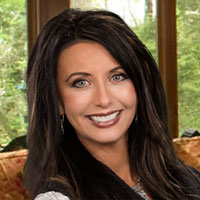
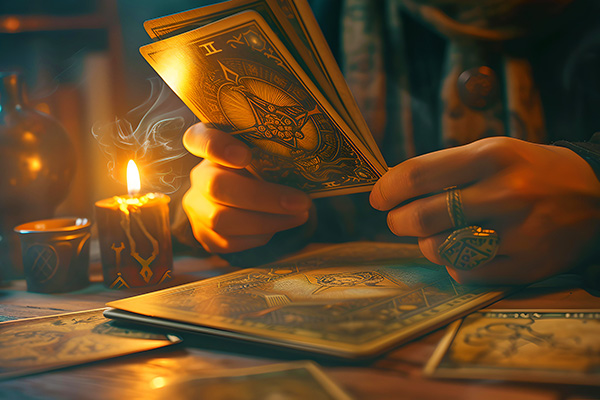
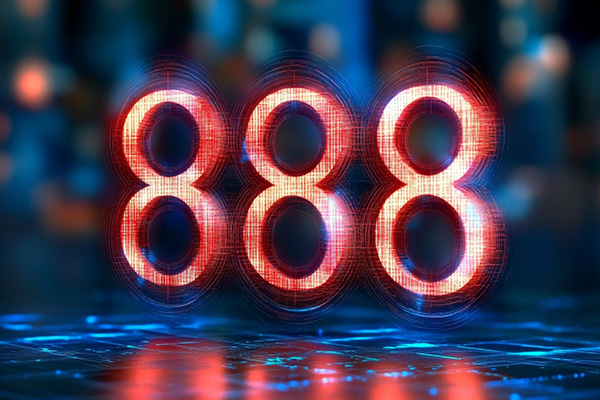
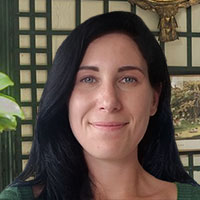
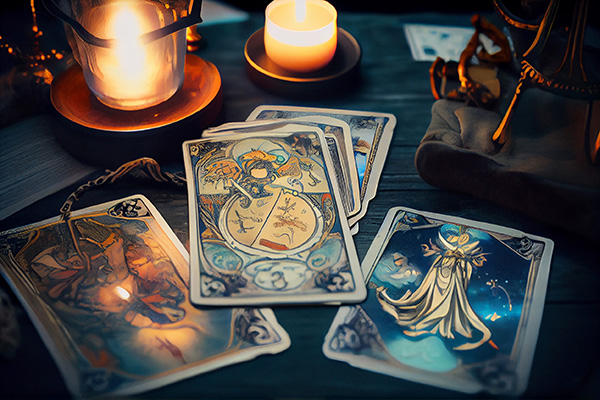
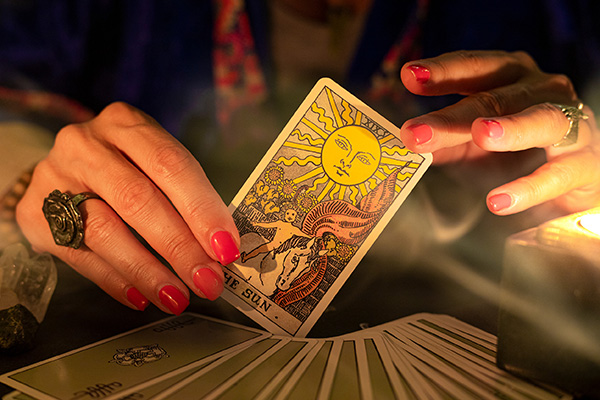
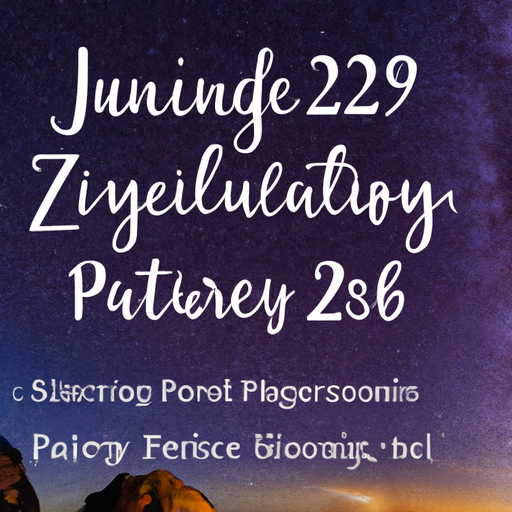
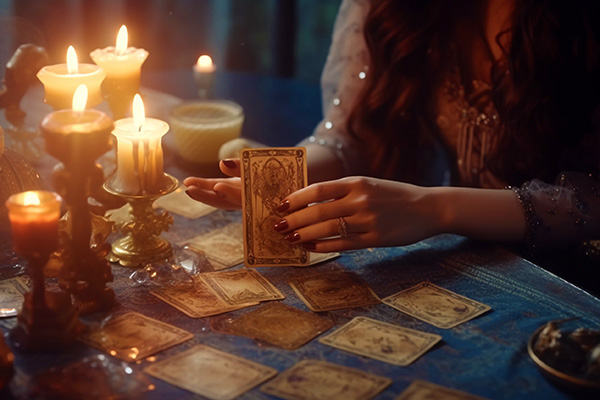
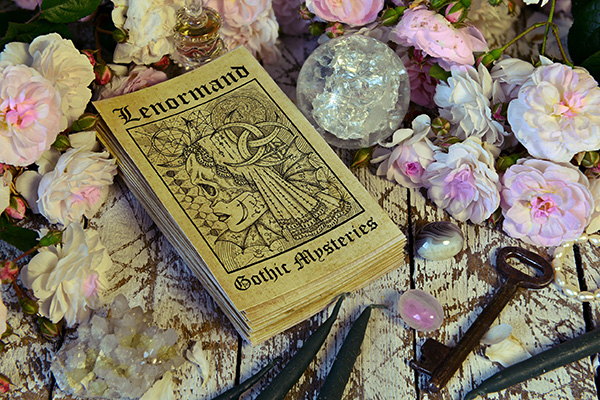
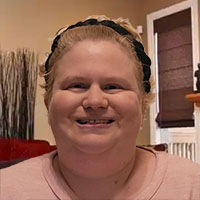

 From the beginning of my psychic career, the information in my readings has always come from both spirit guides and angels. I find that the energy of these two types of spirit beings are very similar in the way they present themselves, but there are different nuances in the messages they convey. In the early […]
From the beginning of my psychic career, the information in my readings has always come from both spirit guides and angels. I find that the energy of these two types of spirit beings are very similar in the way they present themselves, but there are different nuances in the messages they convey. In the early […] 